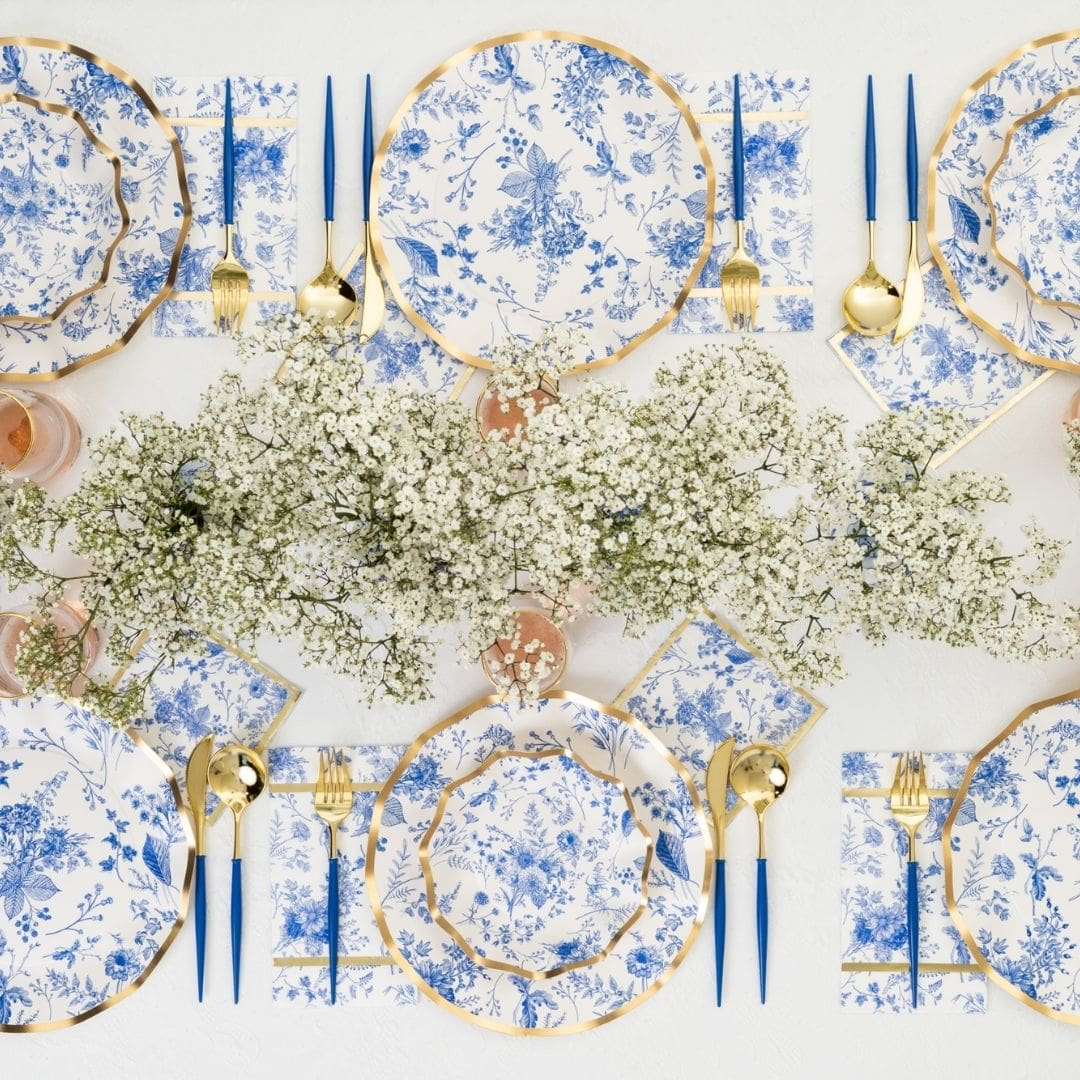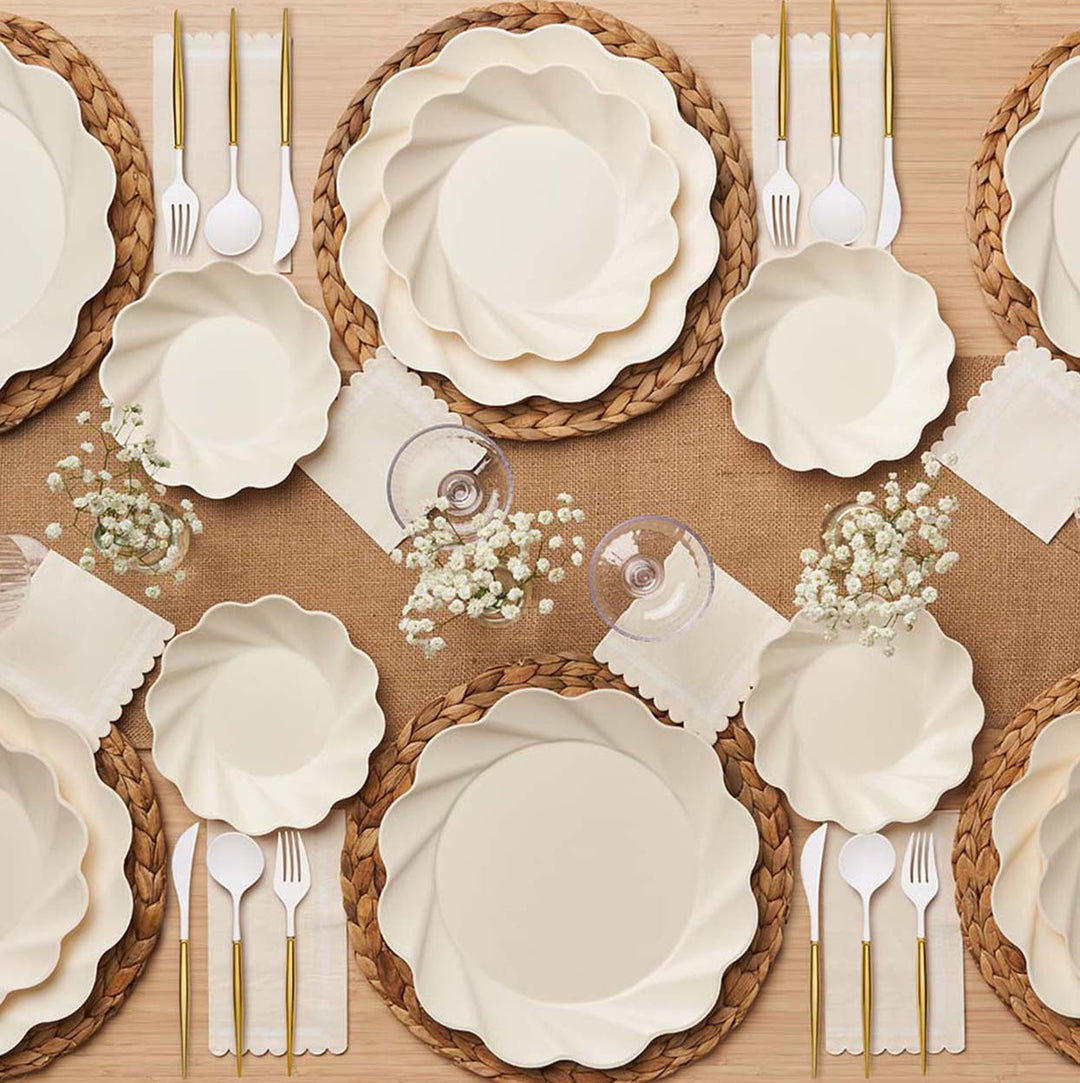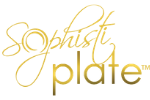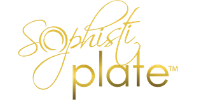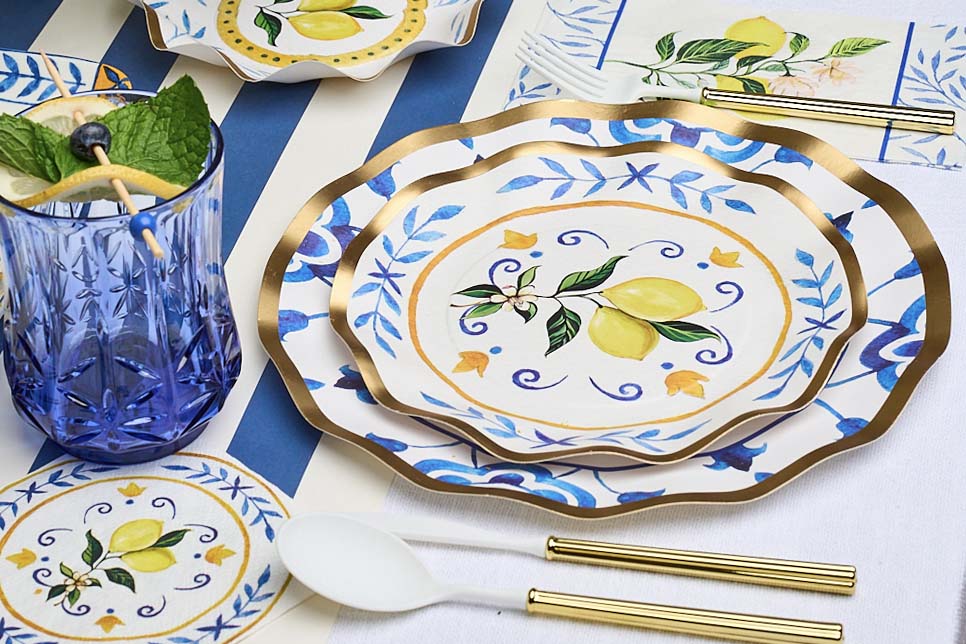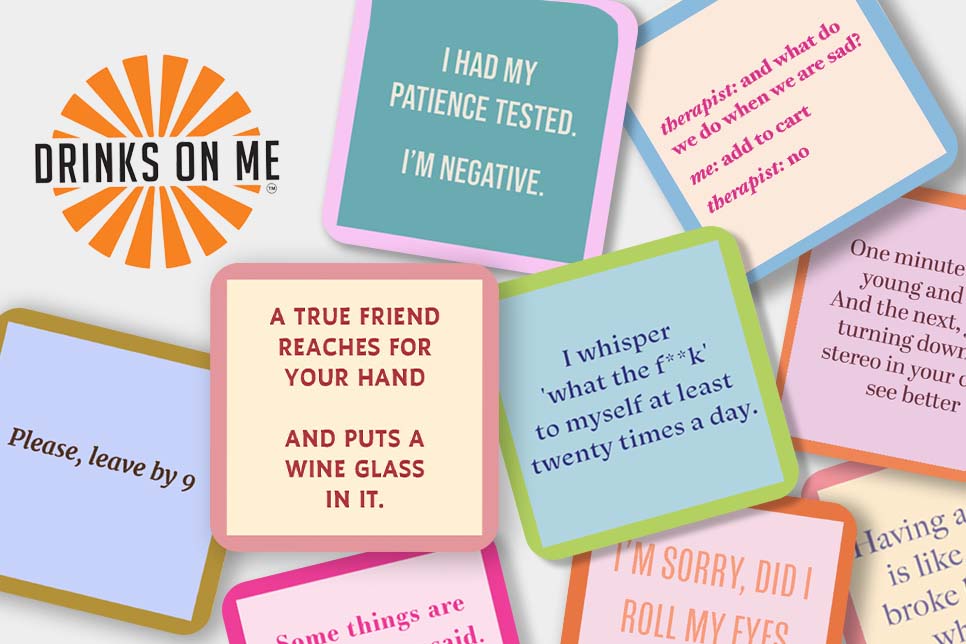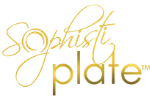What's the Difference Between a Charcuterie Board and a Cheese Board?
Thanks to foodie posts on social media, you might have been seeing more and more posts hashtagged #charcuterie. Even though charcuterie refers to cured meat, the boards we’ve been seeing include cheese and everything else that can accompany it—except, that is, for the actual charcuterie. To set the record straight, read on to find out how charcuterie and cheese boards are different from one another, and what this means for you.
What Is a Charcuterie Board?
Although it’s become all the rage in recent years, some people might find themselves wondering what exactly is a charcuterie board? To help answer this question, here’s our brief guide on what a charcuterie board is and how you can craft one yourself.
What Is Charcuterie?
Charcuterie comes to us from the French words “chair” (cooked) and “cuit” (flesh). Although it doesn’t sound very appetizing, the term actually refers to delicious cured meats of all kinds. In addition, it can refer to a place that sells these cured meats, which is our version of the delicatessen.
Although curing meats is an ancient preservation technique, it wasn’t until the 15th century that it became a skilled trade—thanks to the French. Shortly after, the art of charcuterie blossomed all over Europe and eventually, the world. Today, there are numerous types of cured meats (some of which are the meat equivalent of Cuban cigars).
Charcuterie mostly consists of pork products, some of which include prosciutto, saucisson, and jamón serrano. But there are non-pork options as well, such as the bresaola (which is made out of beef) and duck confit. Each charcutier has its own preservation techniques, its go-to ingredients, and regional spices that give its charcuterie its unique flavor, texture, and appearance.
What Goes Into a Charcuterie Board?
Hopefully, by this point, you have a solid idea of what charcuterie is. For this reason, it feels slightly wrong for us to call a cheese board a charcuterie board—no matter how pretty it may look.
While cheese can certainly be included in a charcuterie board, the ingredient that’s front and center in a charcuterie board is cured meat. Here are all of the components of a charcuterie board.
- Cured Meat: This can be a soft and creamy ham (such as mortadella), dry-cured and hard cold cut (such as salami), and even sausage (such as the Spanish chorizo). Either way, the balance of the charcuterie board should be tipped in favor of the cured meat.
- Cheese: Although cheese isn’t necessary, it pairs exceptionally well with cured meats. For this reason, we like to include a few varieties of cheese in our charcuterie board.
- Bread: You need something to pile the meat and cheese onto. For this reason, we love sliced and toasted French baguettes. But other varieties of bread will do the job just as well.
- Something Acidic: To balance out the rich flavor of meat, we’d want some pickled vegetables, olives, and, of course, a glass of wine.
- Something Sweet: Life is better sweet. We love including fruit such as grapes, blueberries, and dried figs on our charcuterie board. Plus, jams and honey make a delicious pairing with salty cold cuts.
Our Favorite Charcuterie Boards
With all those ingredients, you’re sure to assemble an impressive charcuterie board. Here are some of the boards that we think would fit everything perfectly.
- Bites On a Board: If you’re serving your charcuterie board at a party, then you’ll want something that fits as much as possible. This charcuterie board measures 30 x 10 inches, which should give you more than enough space to fit all your charcuterie board favorites.
- Gather With Friends and Family: For something of a more modest size, this charcuterie board will do the job perfectly. Plus, it’s engraved with “Gather With Friends and Family” and includes a leather handle, making it perfect for displaying on your kitchen wall on its days off.
- Live, Laugh, Wine: For something that would look super photogenic, here is a charcuterie board in the shape of a bottle. We think it’s the perfect reminder to grab a bottle of red to pair with your charcuterie.
What Is a Cheese Board?
While there are many similarities between the two, a cheese board is slightly different from a charcuterie board. Here’s everything you need to know about cheese boards.
The History of the Cheese Board
Like with most things culinary, we have the French to thank for the cheese board. And although cheesemaking is an ancient practice that stretches back thousands of years, it was the French who took cheese to new heights.
The cheese that the French developed was so good that they dedicated a separate course to it during dinner: the cheese course, typically served between the main entrée and the dessert.
While it’s unclear where exactly the cheese board originated, many historians trace it back to early 20th century Paris or New York, where cheese—along with some fruit—was served apart from any dinner. Following that, during the two great wars, cheese boards were a popular way to entertain guests without having to prepare a full dinner. The rest, as we know it, is history.
What Goes Into a Cheese Board?
Generally, a cheese board is centered around several types of cheese. The standard wisdom is to create a cheese board with lots of variety, making sure to include cheeses made from cow, sheep, and goat milk, going for both soft and hard cheeses, and introducing various flavors.
However, some cheese aficionados are making the suggestion to be bolder with cheese selections and to go for exciting choices—regardless of how much variety they offer to the cheese board. They also recommend keeping the accompaniments low so as to avoid overwhelming the cheese selection—very much against conventional wisdom.
Whichever way you choose to go, some of the other ingredients that you can include in your cheese board include, well, pretty much everything that you can put on a charcuterie board. But just as you would think long and hard about your wine pairing, we would contemplate which ingredients would pair well with the cheese and include only those.
Our Favorite Cheese Boards
Now that we have a good idea of what goes into a cheese board, let’s take a look at some of the boards you should put the ingredients on. Here are three of our favorites.
- Build-a-Cheeseboard: This is a fairly large cheese board that makes the process of assembling your ingredients simple as can be. Just follow the engravings for your most photogenic cheese board yet.
- Wish I Could Brie With You: If soft cheeses are your thing, then you’ll appreciate the spatula that this cheese board includes. At 9 x 6 inches, this cutting board is the perfect size for keeping all eyes on the cheese.
- Cheese Please: If you want to assemble a cheese board large enough to feed a whole party, then you’ll need a cheese board to match. This option will be large enough to fit pounds(!) of cheese, along with any other accouterments you might want to add to it.
The Main Difference Between a Charcuterie Board and a Cheese Board
If you’re ever seen someone make a #charcuterie post on Instagram while displaying nothing but cheese and crackers, then you know that the trendy charcuterie label has gotten away from us. While they are wildly similar, a charcuterie board is one where the center of attention is the cured meat, while a cheese board revolves around cheese. That’s not to say that either type of board can’t borrow ingredients from one another, but the main selection has to remain true to its name.
Should I Make a Charcuterie Board or Cheese Board?
Last but not least, you may be wondering which type of board will be best for you. While the best-of-both-worlds answer would be to combine the charcuterie and the cheese into a megaboard, sometimes this can take away from the individual ingredients. So, if you want to stick to a few selections and give them all the attention they deserve, then it’s a good idea to make just one type of board.
If it’s what you’re craving, then we would definitely make a charcuterie board. And there’s no reason to save the charcuterie board for a special occasion! Indeed, this is a great snack to treat yourself to any day, any time. And of course, the same story goes for a cheese board.
However, if you’re planning on entertaining, then we would go for the type of ingredient that’s most available to you. If you frequent a great cheese shop that’s constantly offering new varieties, then your cheese board will speak for itself. In the same way, if you know of a great charcuterie (as in, the place that sells cured meat), then a charcuterie board is the best option.
Last but not least, consider dietary restrictions. If you’re entertaining guests who avoid meat, then a charcuterie board may not be as exciting for them. Likewise, a cheese board is not the best treat for those avoiding dairy.
An Artist Lives Within
As you can see, there are a few differences between a charcuterie board and a cheese board. While a charcuterie board is centered around cured meat, a cheese board makes cheese its star ingredient. Whichever board you choose to make, we’re sure it will be a sight to behold.
Our Sources:
The A-to-Z Guide to Cheese—Plus Pungent Pairings | The Wall Street Journal
How to Pair Cheese: Fruit, Nuts & Meats to Pair With Your Favorite Cheese | Thrillist
